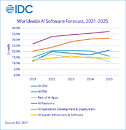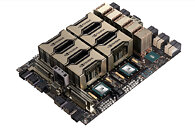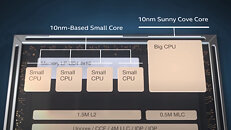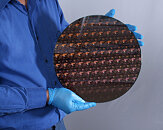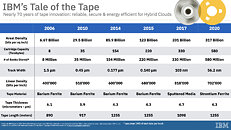
IBM to Replace 7,800 Jobs Using Automation and AI
With the rise of generative artificial intelligence (AI) and other AI tools, the new models pose a threat to workers around the globe. Today, as reported by Bloomberg News, we find out that International Business Machines, or IBM shortly, is planning to replace thousands of jobs using automation and AI technology. As the report suggests, IBM's Chief Executive Officer Arvind Krishna is expecting to pause the hiring for roles AI could replace in the coming years. The main department that will see a job cut is the non-customer-facing roles like the back office. There are 26,000 people at IBM working in the back office, and CEO noted that "I could easily see 30% of that getting replaced by AI and automation over a five-year period."
This translates to roughly 7,800 jobs impacted by AI over the next five years. The CEO also added that departments such as human resources would see a hiring slowdown or even suspension of hiring further. IBM has 260,000 employees, and the company continues to look for engineering and customer-facing roles.
This translates to roughly 7,800 jobs impacted by AI over the next five years. The CEO also added that departments such as human resources would see a hiring slowdown or even suspension of hiring further. IBM has 260,000 employees, and the company continues to look for engineering and customer-facing roles.


























